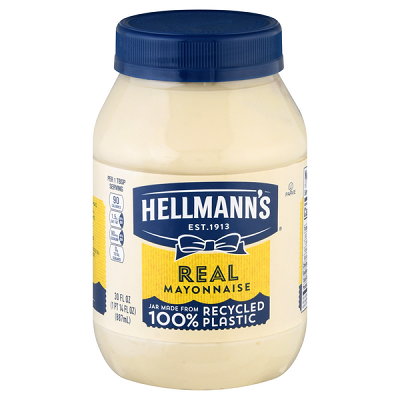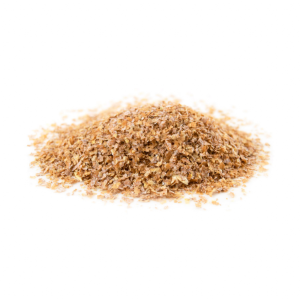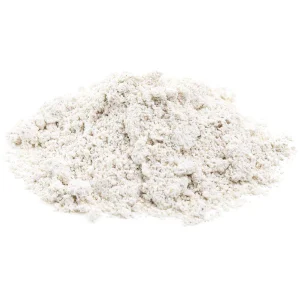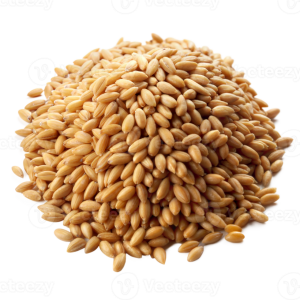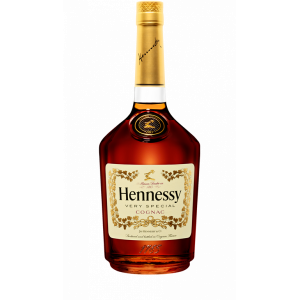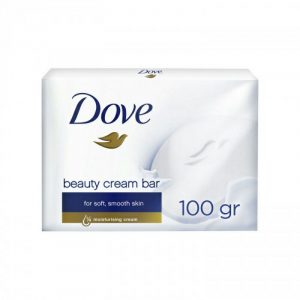Mayonnaise, informally mayo, is a thick cold sauce or dressing commonly used in sandwiches, hamburgers, composed salads, and on French fries. It also forms the base for many other sauces, such as tartar sauce, fry sauce, remoulade, salsa golf and rouille.
Mayo is an emulsion of oil, egg yolk, and an acid, either vinegar or lemon juice; there are many variants using additional flavorings.
The color varies from near-white to pale yellow, and its texture from a light cream to a thick gel.
Uses of Mayonnaise
Mayo is used commonly around the world, and is also a base for many other chilled sauces and salad dressings. For example, sauce rémoulade, in classic French cuisine, is a mix of mayonnaise and mustard, gherkins, capers, parsley, chervil, tarragon, and possibly anchovy essence.
Nutritional Information
A typical formulation for commercially made mayo (not low fat) can contain as much as 80% vegetable oil, usually soybean but sometimes olive oil. Water makes up about 7% to 8% and egg yolks about 6%. Some formulas use whole eggs instead of just yolks. The remaining ingredients include vinegar (4%), salt (1%), and sugar (1%). Low-fat formulas will typically decrease oil content to just 50% and increase water content to about 35%. Egg content is reduced to 4% and vinegar to 3%. Sugar is increased to 1.5% and salt lowered to 0.7%. Gums or thickeners (4%) are added to increase viscosity, improve texture, and ensure a stable emulsion. It is prepared using several methods, but on average it contains around 700 kilocalories (2,900 kJ) per 100 grams, or 94 kilocalories (Cal) per tablespoon. This makes it a calorically dense food.

